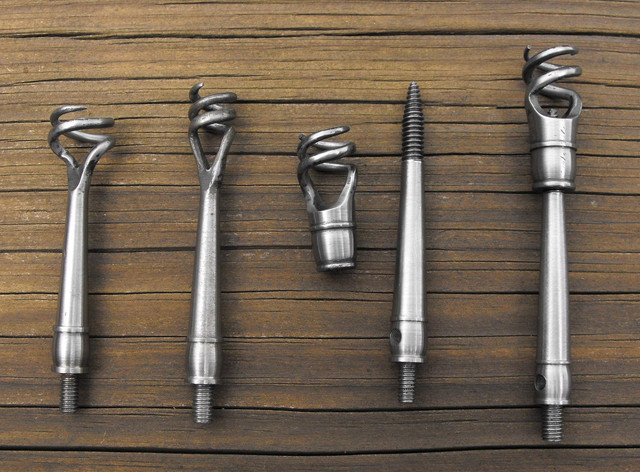Trooper
40 Cal
- Joined
- Mar 21, 2021
- Messages
- 370
- Reaction score
- 510
I'm going to invest in a breech scraper. Other than the new 54 cal barrel I bought off Walkingeagle, I have no idea of the condition of the other two breech plugs. I'll soon find out.I read in a manufactur manual (TC or CVA cant recall) that the 'small screw' on the side is to prevent 'vacuum' when cleaning - at least that is what the manual said under "Cleaning".
Here is a before and after of the channel under the nipple on a reactor's rifle after he brought it to me complaining about "miss fires".
Minde you, he Never shot a Live ball, only blank firing for a few years (also means No lubes patches ever ran down the barrel either, And they are "not allowed to swab during the day").
He had never removed the nipple. Just flushed with water then ran a dry patch, says he used "Pipe Cleaners" on the nipple - once off I showed him how the pipe cleaner dont fit through the lower hole on his.
First problem was removing the nipple! Got it off and began cleaning - with a bright light I found the cake on bottom just would not dissolve! Finally I used a toothpick (about 6-7 total) and light scraping with a tiny flathead, I reached the bottom. I think of that channel much the same as the Pan on my Flintlocks, but I guess that's just me.
Then I explained Choke Lube (or equivalent) on the nipple threads...then it was on to his pistol, also with two nipples froze TIGHT.







